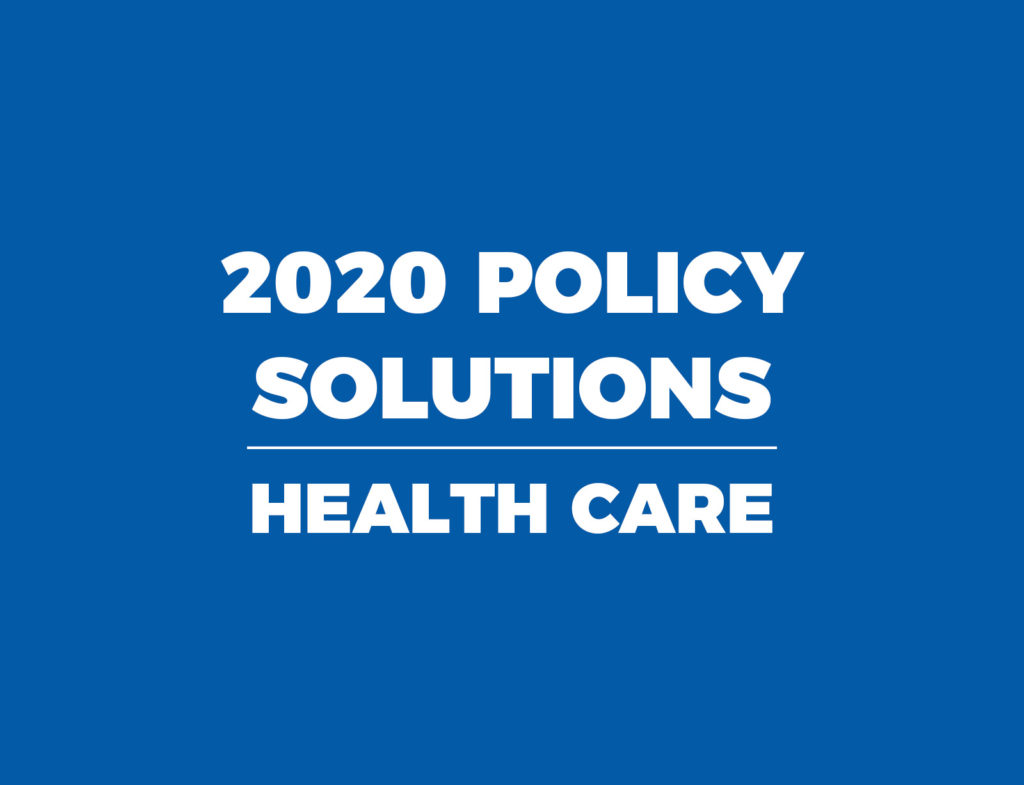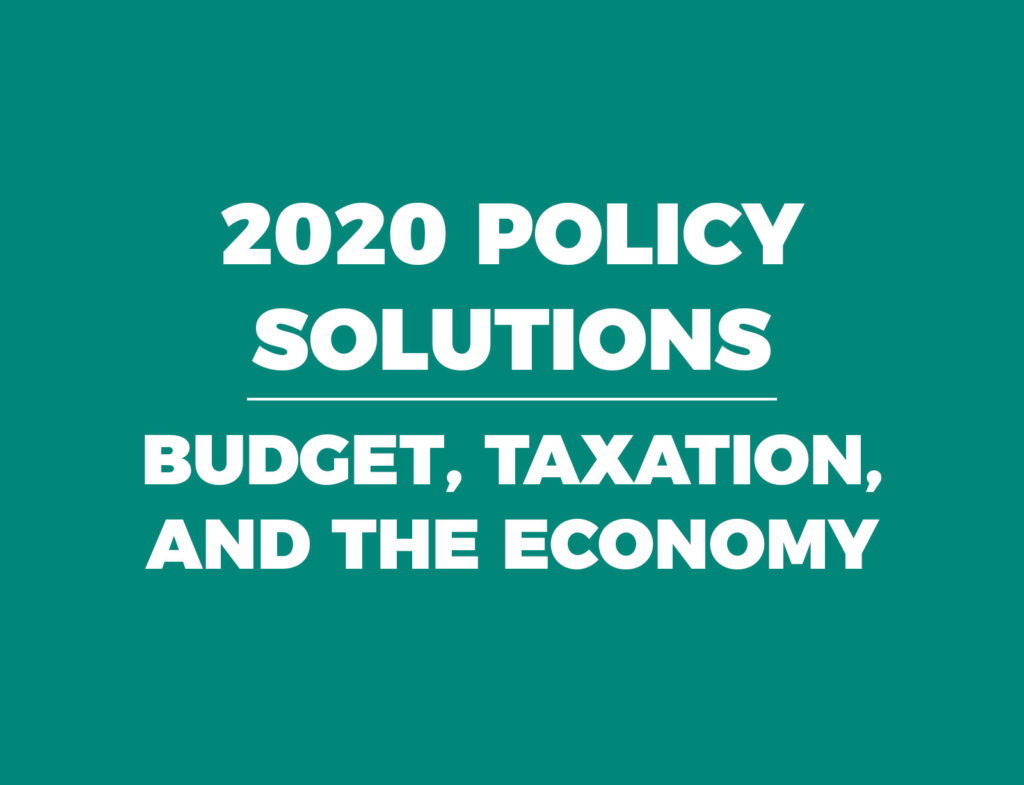Introduction
Updated as of January 2020.
In North Carolina, public education is a core fiscal responsibility of state and local government. In the words of the North Carolina Supreme Court, the state constitution recognizes the right to a “sound, basic education” for each child. Ideally, there would be two ways to assess whether a school is satisfying that right.
On the one hand, parents may rely on standardized testing and other metrics to gauge the quality of their assigned schools. Unfortunately, if those schools produce disappointing results or impose direct physical or psychological harm on their children, only a fortunate few have the option of relocating their children to a better district, public charter school, private school, or home school.
On the other hand, the parental choice model makes schools directly accountable to parents. Parents are given the financial means and unrestricted opportunity to move their children and tuition dollars to competing educational institutions.
Therein lies one of the major advantages of school choice — fairness. No longer does family income or ZIP code dictate a family’s access to a better school, as it does in most communities today.
In the end, education need not (and should not) be delivered by government monopolies. A diverse array of prekindergarten, primary, secondary, and postsecondary schools benefit both those who utilize educational options and those who do not. No system for delivering goods and services functions well without providing a means for consumers to make their desires known and to express their levels of satisfaction.
Key Facts
- Between 2008-09 and 2018-19, there was an 84 percent increase in the number of homeschool students. During the 2018-19 school year, an estimated 142,037 students were taught in 90,688 home schools.
- In 2013, the General Assembly changed the state’s homeschool statute to affirm that homeschool parents determine the scope and sequence of academic instruction and permit them to incorporate additional sources of instruction, including online and cooperative schools.
- Between 2008-09 and 2018-19, there was a 6 percent increase in the number of private school students. Private school enrollment dropped during the Great Recession and only recently began to rebound. In 2018-19, 102,400 students enrolled in 769 private schools.
- The North Carolina General Assembly passed two private school voucher programs in 2013. The first was a $4,200-per-year Opportunity Scholarship for public school children in low-income households. The second was what became the $8,000-per-year Disabilities Grant Program for public school children with a documented disability.
- At the start of the 2019-20 school year, 12,009 low-income children received Opportunity Scholarships, which is approximately nine times the number of students who received a scholarship during the program’s first year of operation.
- Under the Disabilities Grant Program, 1,754 special-needs students received a voucher during the 2018-19 school year.
- Lawmakers continue to increase state support for the Opportunity Scholarship and Disabilities Grant programs. In 2016, legislators created an Opportunity Scholarship Grant Fund Reserve, which will increase funding for the program by $10 million per year for the next 10 years. If scheduled increases are maintained in subsequent budgets, the program will have a $144.8 million budget in 2027-28.
- In 2016, the General Assembly approved a $9,000 Education Savings Account (ESA) program for special-needs children. An ESA gives parents maximum control of scholarship funds by allowing them to direct state-provided dollars to one or more approved schools, educational service providers, or vendors providing instructional materials and technology. At the start of the 2019-20 school year, 282 students received an ESA.
Recommendations
- Continue to increase funding for existing voucher programs to accommodate all eligible applicants. Every year, low-income and special-needs students remain on wait lists due to legislatively imposed funding caps. The increasing popularity of both programs suggests that, at their current level, the supply of scholarships will fail to meet annual demand.
- Increase the number of students eligible to receive state-funded Education Savings Accounts (ESAs) and allow unspent funds to be deposited into a college savings account. North Carolina should expand ESA eligibility to low- and middle-income students and allow them to deposit unspent funds into a 529 savings account to offset the cost of postsecondary education and training.
- School districts should make greater use of open enrollment and magnet schools, allowing parents to send their children to the public schools that best meet their needs. District leaders should employ choice and competition to improve academic performance within the district system.



